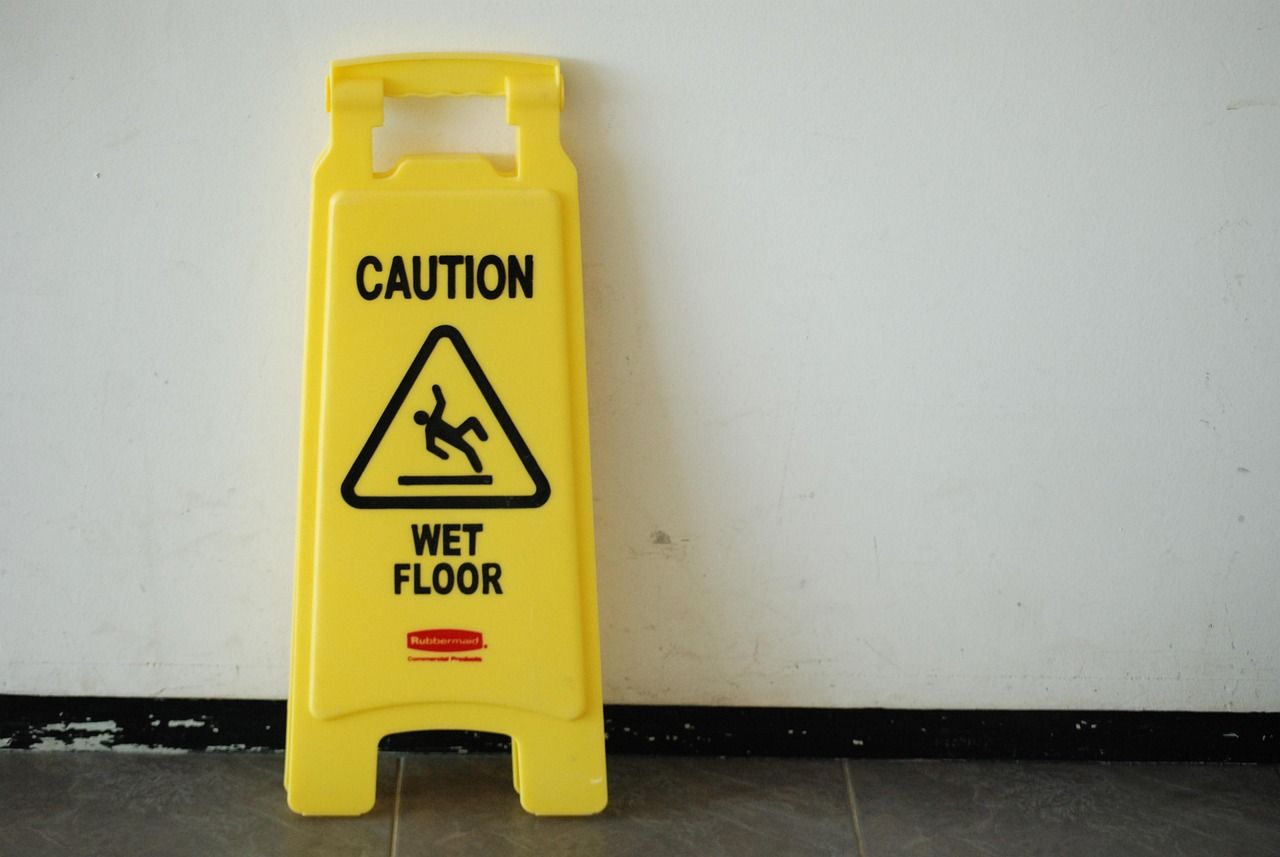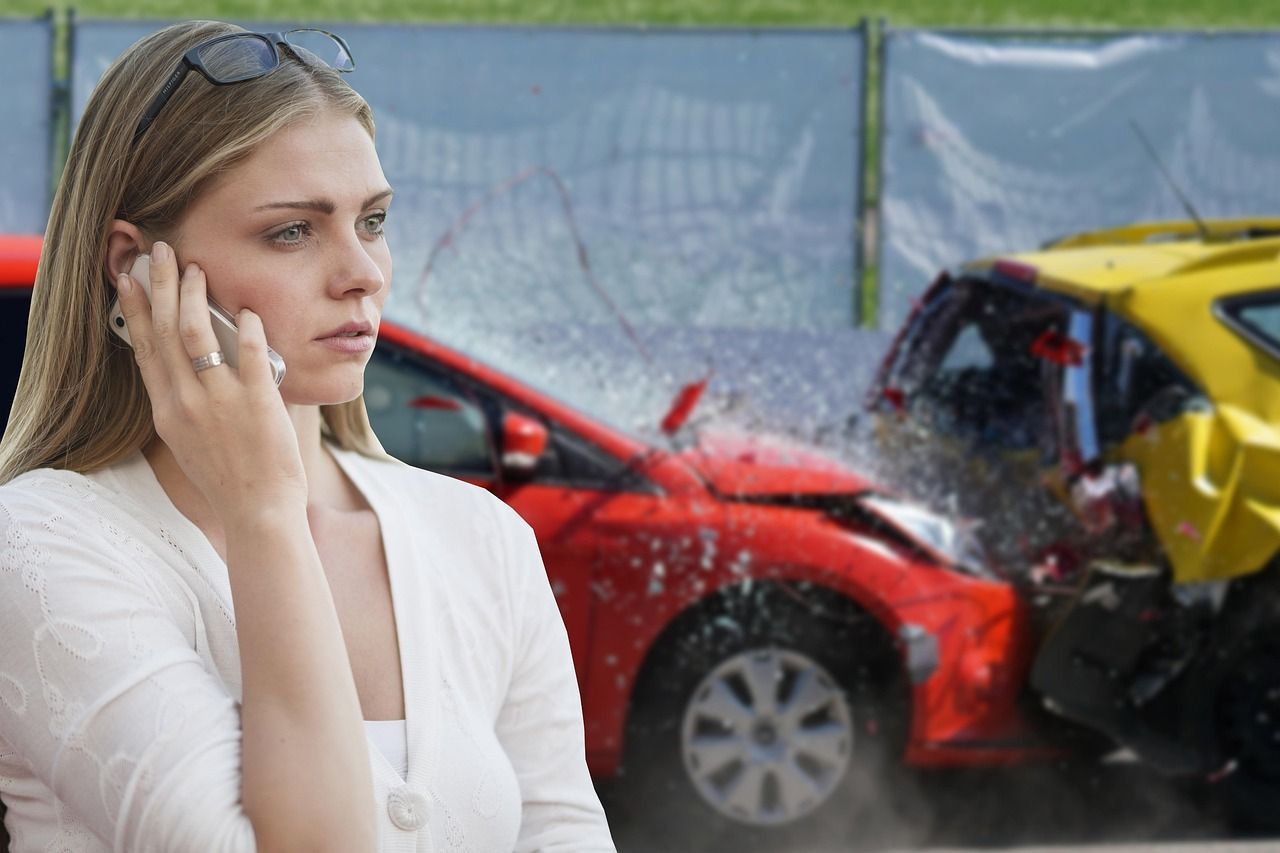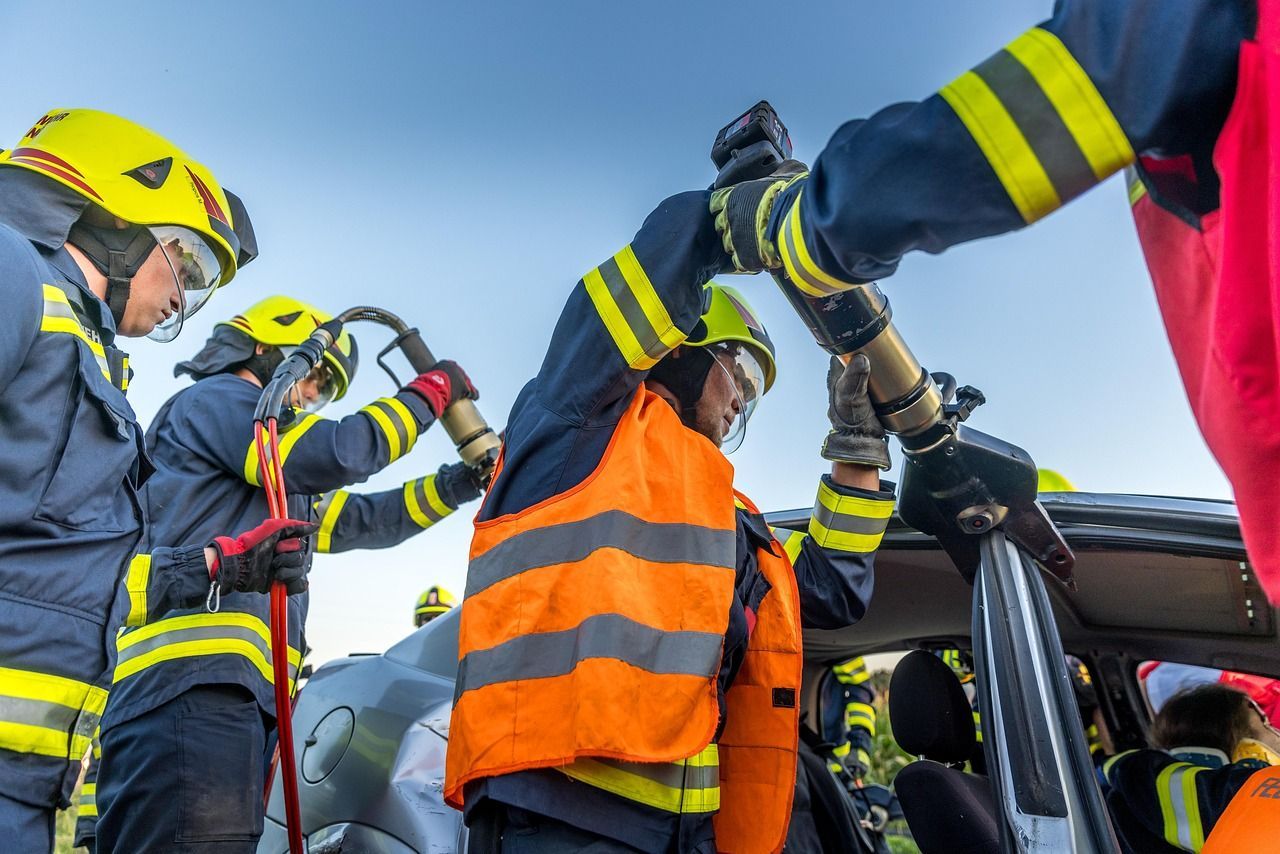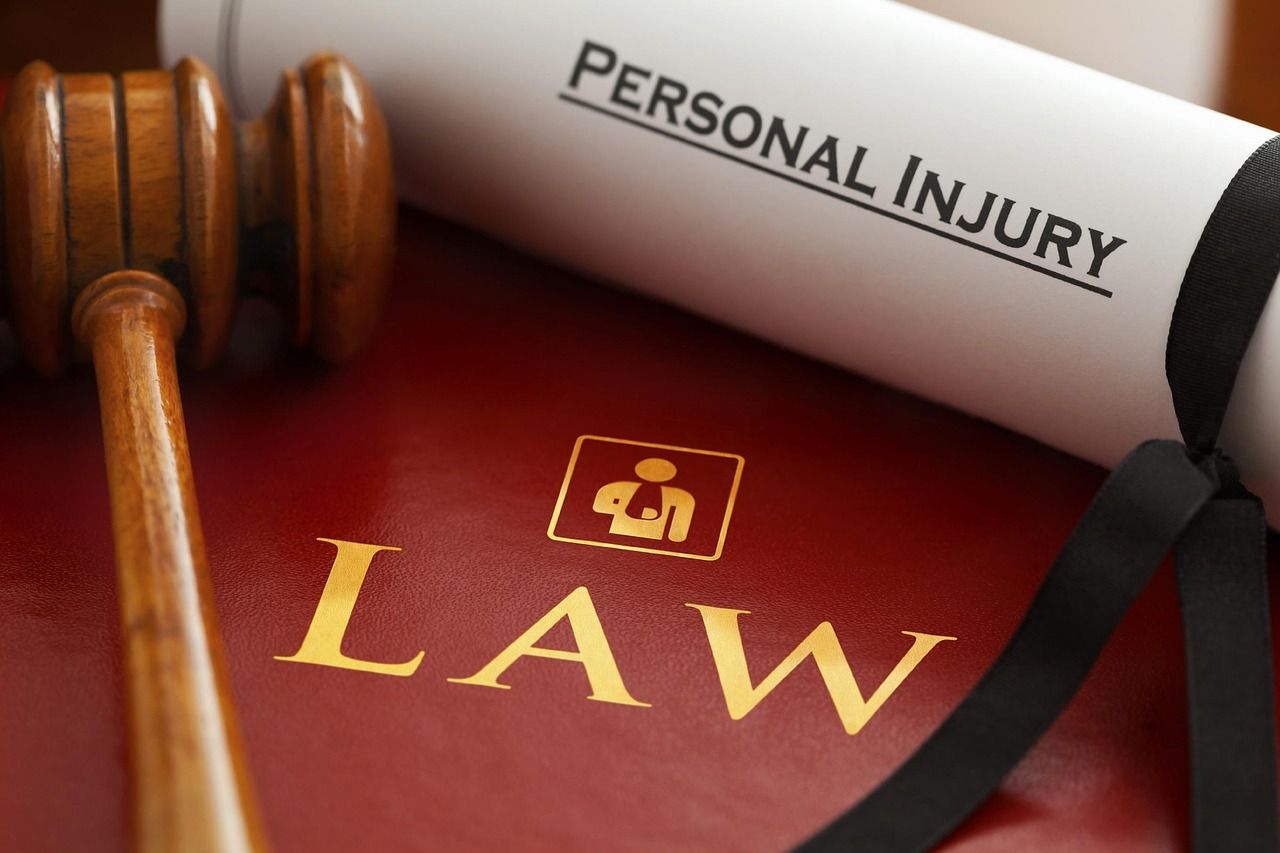I Guarantee a 24 Hour Response
Understanding Bicycle Accident Laws in Wisconsin: Rights, Liability, and What Cyclists Should Know
How Wisconsin Law Treats Bicycle Accidents
Under Wisconsin law, bicycles are treated the same as motor vehicles, and cyclists have the same rights and responsibilities as drivers. The only small exception involves designated bike lanes and how those are used. Despite this legal equality, Benson points out that many jurors and insurance companies still hold biases against cyclists.
Some people believe bicycles don’t belong on the road, which can make these cases harder to settle. Benson explains that a skilled attorney can overcome these biases through education during trial and careful jury selection, ensuring jurors understand that cyclists are fully entitled to share the road.
The Hidden Bias Against Cyclists
Negative public perception often plays a role in bicycle accident cases. According to Benson, some jurors admit they don’t think cyclists should even be on public roads. This bias can lead to unfair judgments unless it’s properly addressed. Through effective case presentation and education, attorneys can help juries see that cyclists who follow the law deserve the same protections as anyone else on the road.
However, because of this bias, insurance companies often assume they can defend these cases more easily and are less likely to settle quickly or fairly.
Common Causes of Bicycle Accidents in Wisconsin
Benson says the number one cause of bicycle accidents is distracted driving. Many crashes happen on rural or open roads where cyclists assume they’re visible, but drivers may be looking at their phones or otherwise distracted. This trend, he notes, has been increasing in recent years.
Other common causes include vehicles running stop signs, failing to yield, or opening car doors without checking for oncoming cyclists — all of which can result in severe or life-threatening injuries.
Proving Fault in a Bicycle Accident Case
When determining fault, phone records often play a crucial role. With a subpoena, attorneys can access data showing whether a driver was using their phone at the time of the crash, including which apps were active.
Many cyclists also use GPS or fitness tracking devices like Garmin, which record detailed route data. This information can prove exactly where the cyclist was and disprove false claims made by drivers. Benson has used this technology to show when a rider stayed within a bike lane even when a driver alleged otherwise — evidence that has turned cases around in favor of the cyclist.
How Insurance Companies Handle Bicycle Claims
Insurance companies often treat bicycle accident cases differently from car crashes. They tend to believe these claims are more defensible due to public bias against cyclists. Yet, as Benson explains, the injuries in bicycle cases are often far more severe.
Cyclists are completely exposed — even with helmets, they frequently suffer concussions, brain injuries, and severe road rash that can lead to infections or long-term complications. While insurers may try to minimize payouts, the high severity of injuries can significantly increase a case’s value.
Important Evidence in Bicycle Accident Cases
Benson stresses the importance of gathering as much physical and photographic evidence as possible. Skid marks from the vehicle, debris, final resting positions of both the bike and car, and photos of the scene can all help establish fault.
He also reminds cyclists to report the accident to the police. In Wisconsin, any crash involving more than $1,000 in property damage must be reported, and most modern bicycles exceed that amount in value. A police report adds credibility to the claim and becomes a key piece of documentation in settlement discussions.
A Real Case Example
Benson recalls a case in which a driver claimed the cyclist drifted out of the bike lane, causing the accident. However, GPS data from the cyclist’s Garmin device showed he had remained entirely within the bike lane. The driver’s inconsistent testimony was disproven, and the evidence increased the value of the case significantly. The insurance company, which initially denied liability, ultimately settled for a large amount once the truth was established.
Common Bicycle Accident Scenarios
“Dooring” accidents — when a driver opens a car door into a cyclist’s path — are among the most common and dangerous types of bike crashes, especially in urban areas with on-street parking and bike lanes. Wisconsin law requires drivers and passengers to check for approaching cyclists before opening their doors.
Other frequent causes include drivers running stop signs or red lights, failing to yield, or misjudging a cyclist’s speed. Benson notes that many of these crashes lead to psychological trauma as well, with victims developing anxiety or post-traumatic stress when approaching intersections after the accident.
Do Cyclists Have to Stop at Stop Signs?
Some states have adopted what’s known as the “Montana Stop,” allowing cyclists to roll through stop signs if the intersection is clear. Wisconsin has not implemented this rule. Cyclists are still required to follow the same traffic laws as drivers, though enforcement often depends on the circumstances. Benson says liability rarely turns on whether a cyclist fully stopped unless their actions were clearly reckless.
Knowing Your Rights After a Crash
Many cyclists don’t know what to do after an accident. Benson explains that embarrassment, shock, and confusion often cause injured riders to leave the scene without collecting insurance information — a mistake he admits to making himself when he was younger.
He warns that insurance companies will later look for any opportunity to shift blame, questioning whether the rider had the proper lights, reflectors, or hand signals. Cyclists should document everything at the scene and contact an attorney before giving any statements to insurers.
Why It’s Important to Involve the Police
While cyclists should always share their side of the story with police, Benson advises against giving recorded statements to insurance companies. Statements made to adjusters are designed to be used against the claimant later.
He emphasizes that who receives a citation may not be admissible in court, but it does strongly influence how insurance companies view the case during settlement negotiations.
Final Thoughts
Paul Benson reminds Wisconsin cyclists that they have the same rights on the road as any motorist — but those rights are only as strong as the evidence supporting them. Reporting the crash, preserving proof, and speaking with an attorney early are the best ways to ensure fair compensation.
To learn more about Benson on Injury Law or how Paul Benson helps Wisconsin cyclists and injury victims, visit paulbensonlawfirm.com.







